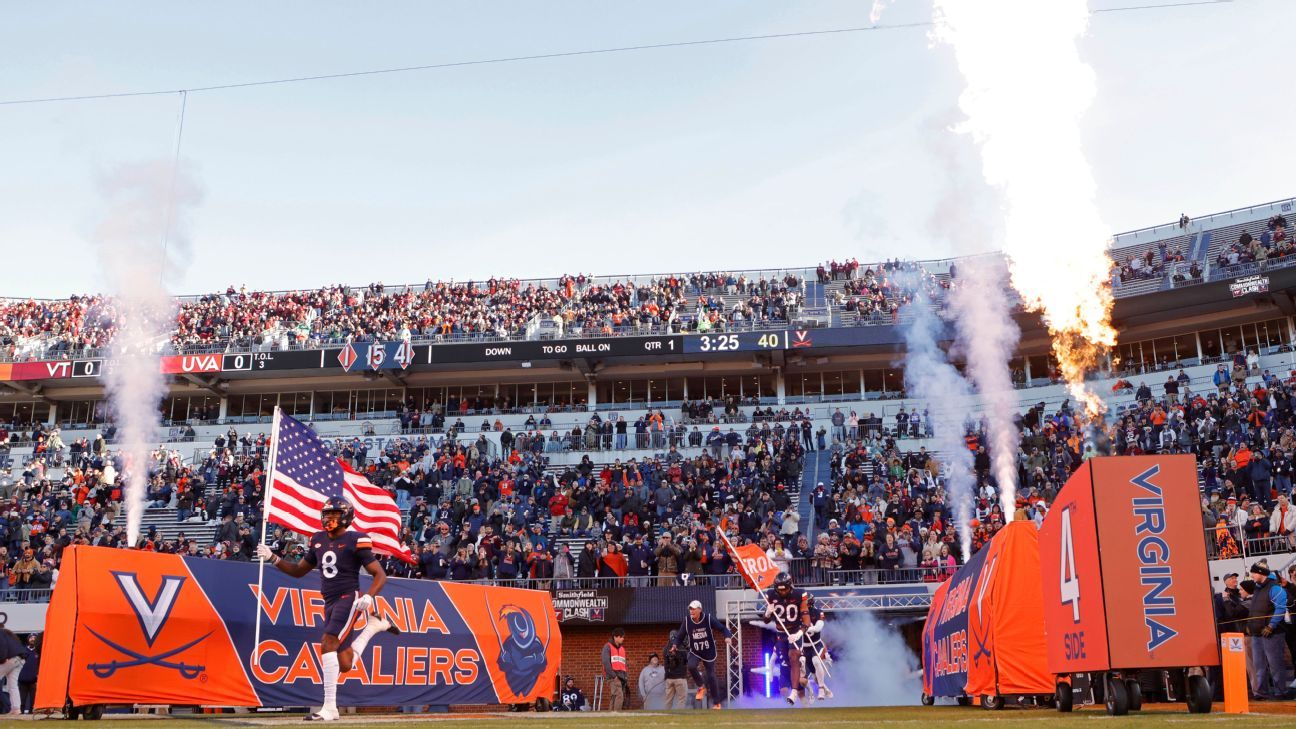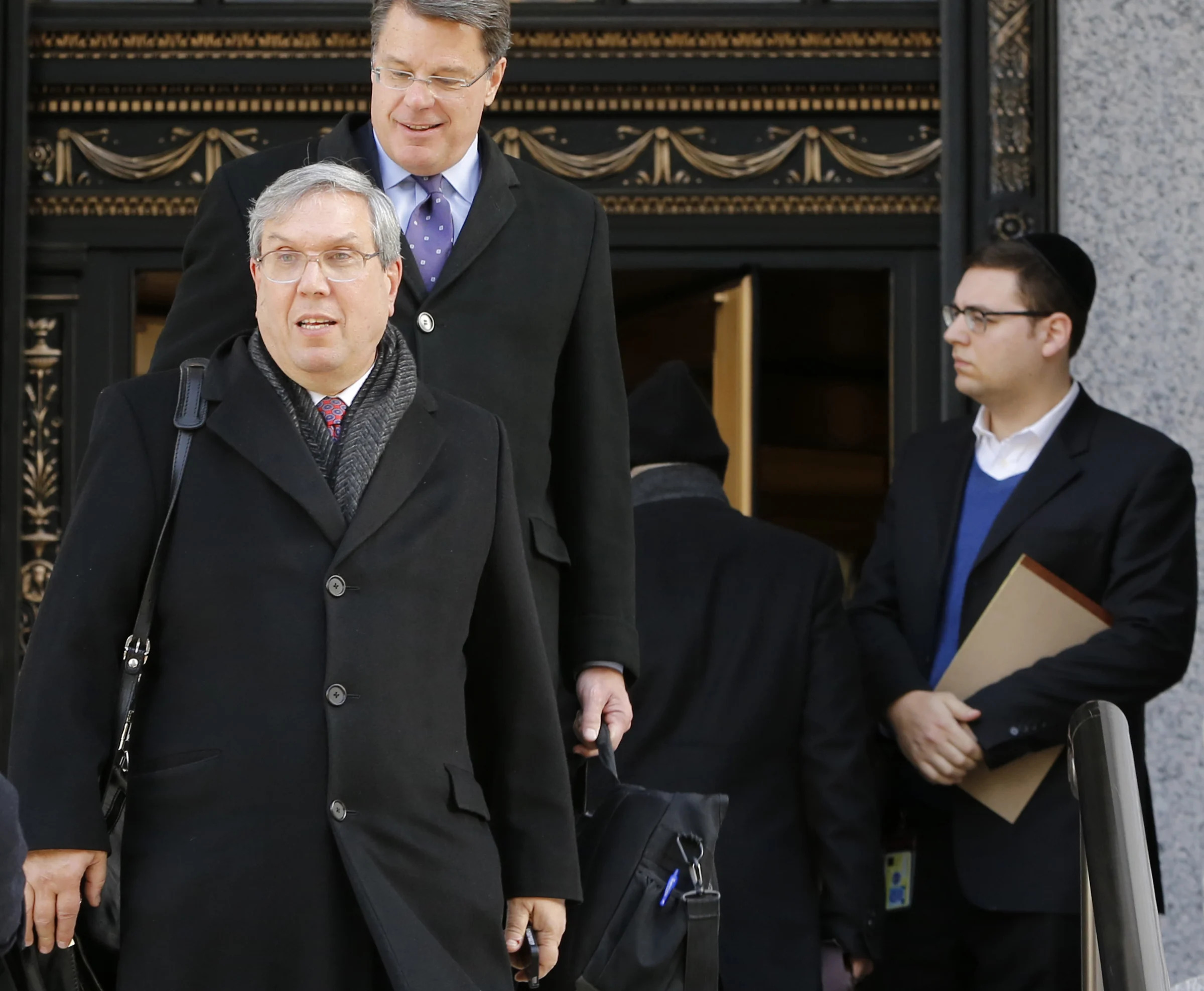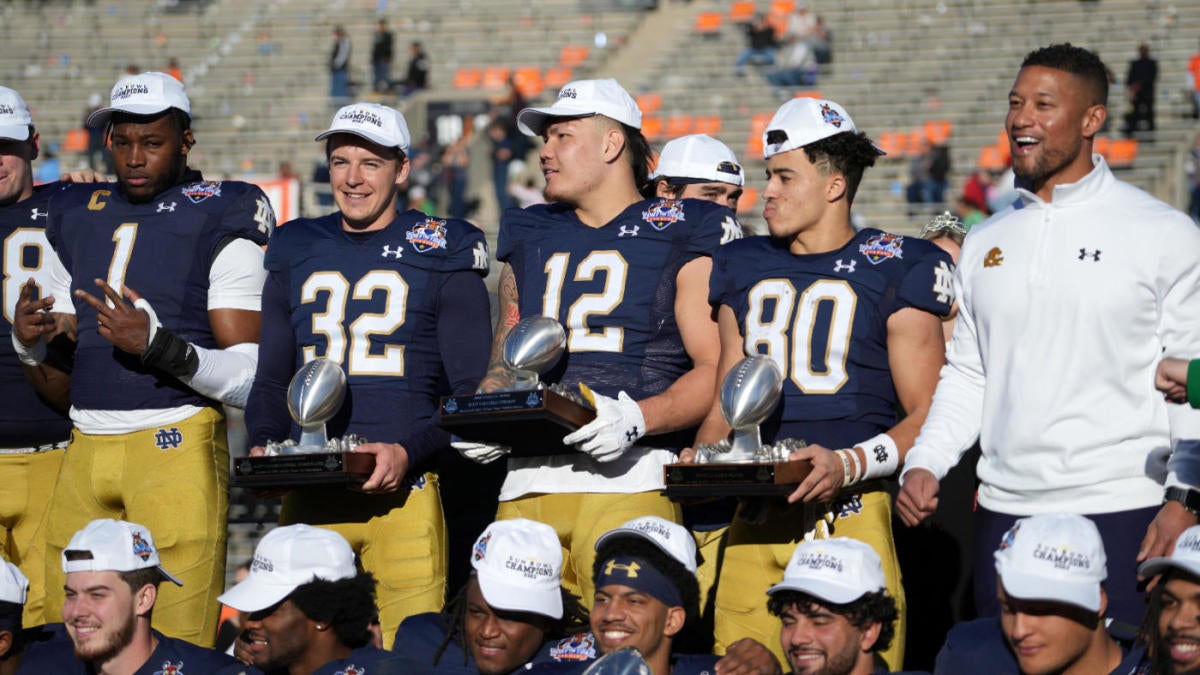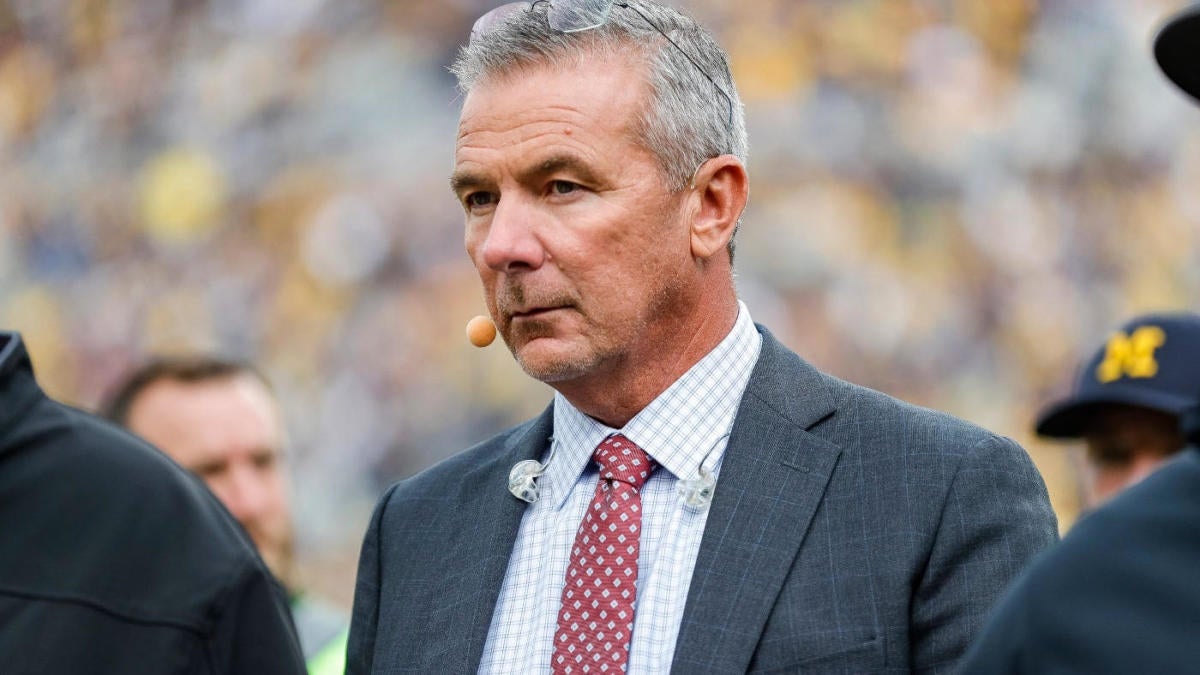Install the app
How to install the app on iOS
Follow along with the video below to see how to install our site as a web app on your home screen.

Note: This feature currently requires accessing the site using the built-in Safari browser.
-
New here? Register here now for access to all the forums, download game torrents, private messages, polls, Sportsbook, etc. Plus, stay connected and follow BP on Instagram @buckeyeplanet and Facebook.
You are using an out of date browser. It may not display this or other websites correctly.
You should upgrade or use an alternative browser.
You should upgrade or use an alternative browser.
Should semipro/college players be paid, or allowed to sell their stuff? (NIL and Revenue Sharing)
- Thread starter RCollett
- Start date
He's going to be at the Palace in November in Columbus, I will probably see if there are last minute stubhub deals to be grabbed.
Also, and I think this is no coincidence but Buddy Guy happens not to be Canadian.
Also, and I think this is no coincidence but Buddy Guy happens not to be Canadian.
Upvote
0
Years ago I went to his blues club in Chicago. Unannounced, he came from the crowd and joined the band on stage playing there that night.He's going to be at the Palace in November in Columbus, I will probably see if there are last minute stubhub deals to be grabbed.
Also, and I think this is no coincidence but Buddy Guy happens not to be Canadian.
It was awesome.
Upvote
0
Every summer when he plays in my area I go see him thinking it will be the last time. Last of the great Chicago blues giants.The last of the truly legendary blues guitarists
Upvote
0
BuckBackHome
Wolverine is largest member of weasel family

Virginia law allows schools to pay athletes for NIL
Schools in Virginia will be able to directly pay athletes via name, image and likeness deals thanks to a state law signed Thursday morning.
Upvote
0
ScriptOhio
Everybody is somebody else's weirdo.
This article is worth reading:

 sports.yahoo.com
sports.yahoo.com

Jeffrey Kessler is the lead attorney in what is shaping up to be the most revolutionary case in NCAA history — an antitrust lawsuit that seeks billions of dollars in retroactive monetary damages to former athletes for name, image and likeness pay.
On Thursday, within a matter of a few hours, the current unruly state of college athletics was on full display.
The NCAA’s transfer portal buzzed to life with dozens of new additions who’ve been lured away by financial inducements from booster-led collectives. The state of Virginia passed legislation that defies NCAA rules by permitting its schools to directly compensate athletes starting July 1. And finally, a national association filed a third complaint with the National Labor Relations Board seeking to make athletes employees.
Meanwhile, within an auditorium on the campus of Howard University, the man who at least partially controls any future college athletics model — the guy perhaps responsible for both bringing disorder to the landscape as well as determining a more stable future — took the stage for a 90-minute panel discussion.
Dressed in a dark suit and striped tie, Jeffrey Kessler peered through spectacles at the audience before him. Kessler, 69, is the lead attorney in what is shaping up to be the most revolutionary case in NCAA history — an antitrust lawsuit that seeks billions of dollars in retroactive monetary damages to former athletes for name, image and likeness (NIL) pay. The case has the potential to, for one, cost the power conferences and NCAA enough money that many fear bankruptcy and, secondly, topple all NCAA compensation rules related to NIL.
There is something else, too: A settlement of the case could produce a future athlete compensation model that will shape the industry for years to come, possibly bringing structure and solutions to the landscape likely in the form of athlete revenue sharing.
To do it, college athletic leaders need the approval of the plaintiffs — and their lawyer.
“A possibility is that this all gets settled in our litigation in which we agree on a new system with the NCAA,” Kessler, co-executive chairman at powerhouse law firm Winston & Strawn, told the crowd at an event hosted by the Drake Group, an organization whose mission is to advance integrity in college sports. “There are proposals out there by [NCAA] President [Charlie] Baker to compensate the athletes. There are systems that could be negotiated as part of a settlement. That’s up to the NCAA. They’ll have to decide if they can actually agree on what it is and then we have to agree to it.”
For one, he believes the industry finds itself in this predicament because of surging salaries for coaches and administrators. Like so many fans and stakeholders, he supports leaving the NCAA basketball tournament untouched. He showed public support, even, for Baker’s Project DI proposal to compensate athletes. “He gets it,” Kessler said.
And, in music to so many ears, he believes that the power conference schools should be thought of and treated differently than any others within the NCAA’s 97-conference organization, suggesting that an athletic department’s finances be an indicator of how much revenue it is required to share with athletes.
“Here’s what people have to get in their heads: The Power 5 schools are not like everybody else,” he said.
Animated and boisterous, Kessler sent the crowd into applause, laughter and awe at various times. He told the story of how he got involved in college sports, when he learned that major college football programs had evolved into “gigantic business” that prohibited compensation to athletes. “This struck a chord with me,” he said.
Nine years ago, he began his march, leading a lawsuit against the NCAA (Alston) that sought educationally related benefits for athletes, a case that advanced to the Supreme Court. In 2021, the high court handed the NCAA perhaps its worst of many court losses — a 9-0 defeat. “That set in motion everything you see today,” he said.
Kessler spoke deeply about athletic department finances, outlined the four most likely possibilities of a new college model and repeatedly declined to discuss any potential settlement.
However, for months now, the NCAA and power conferences have been engrossed in settlement discussions among themselves — not a well kept secret in the sports world. A settlement is a two-fold issue: Schools are responsible for likely more than $1 billion in back pay, plus must agree to a future compensation model for athletes.
Settlement discussions have ranged widely, and the details of such have mostly been kept private. But several athletic administrators, briefed on the matter, say they are preparing to share revenue with athletes as part of a potential settlement — an outcome much preferred over the lingering possibility of athlete employment.
Figures are murky and are steadily evolving, but many administrators believe that any settlement agreement comes with an annual per-school revenue-sharing figure of $15-20 million.
Defendants in the case include the five power leagues and the NCAA as a whole. What about the little guys? Most Group of 5 and FCS football programs do not generate a profit and their athletic departments are often subsidized by university and student fees.
Kessler’s focus is on the top 70 or so programs, many of which generate upward of $100 million in ticket sales, television contracts and donations — a majority of it related to football.
“You really have to think about [Power 4] as different,” Kessler said. “The reason we get tied in knots is because we conflate those schools who have developed these gigantic independent commercial businesses with the schools who are still just educational institutions with extracurricular activities. When you try to come up with one rule for all, you go crazy. You have to look at the schools differently. For the ones with the money, there is plenty of money to compensate the athletes and share it with the women’s sports.
“Once you divide it all up, this is not hard,” he continued. “It is only hard if you’re saying, ‘Well, how will Lehigh be able to afford all this?!’ They won’t and they won’t pay [athletes]. If their concern is that Lehigh then won’t be able to compete with Alabama in football… OK, that’s your concern? That’s your concern?!”
.
.
.
continued
Meet the man responsible for bringing disorder to college athletics ... and who could shape its future
Jeffrey Kessler is the lead attorney in what is shaping up to be the most revolutionary case in NCAA history.
Meet the man responsible for bringing disorder to college athletics ... and who could shape its future
Jeffrey Kessler is the lead attorney in what is shaping up to be the most revolutionary case in NCAA history.
Jeffrey Kessler is the lead attorney in what is shaping up to be the most revolutionary case in NCAA history — an antitrust lawsuit that seeks billions of dollars in retroactive monetary damages to former athletes for name, image and likeness pay.
On Thursday, within a matter of a few hours, the current unruly state of college athletics was on full display.
The NCAA’s transfer portal buzzed to life with dozens of new additions who’ve been lured away by financial inducements from booster-led collectives. The state of Virginia passed legislation that defies NCAA rules by permitting its schools to directly compensate athletes starting July 1. And finally, a national association filed a third complaint with the National Labor Relations Board seeking to make athletes employees.
Meanwhile, within an auditorium on the campus of Howard University, the man who at least partially controls any future college athletics model — the guy perhaps responsible for both bringing disorder to the landscape as well as determining a more stable future — took the stage for a 90-minute panel discussion.
Dressed in a dark suit and striped tie, Jeffrey Kessler peered through spectacles at the audience before him. Kessler, 69, is the lead attorney in what is shaping up to be the most revolutionary case in NCAA history — an antitrust lawsuit that seeks billions of dollars in retroactive monetary damages to former athletes for name, image and likeness (NIL) pay. The case has the potential to, for one, cost the power conferences and NCAA enough money that many fear bankruptcy and, secondly, topple all NCAA compensation rules related to NIL.
There is something else, too: A settlement of the case could produce a future athlete compensation model that will shape the industry for years to come, possibly bringing structure and solutions to the landscape likely in the form of athlete revenue sharing.
To do it, college athletic leaders need the approval of the plaintiffs — and their lawyer.
“A possibility is that this all gets settled in our litigation in which we agree on a new system with the NCAA,” Kessler, co-executive chairman at powerhouse law firm Winston & Strawn, told the crowd at an event hosted by the Drake Group, an organization whose mission is to advance integrity in college sports. “There are proposals out there by [NCAA] President [Charlie] Baker to compensate the athletes. There are systems that could be negotiated as part of a settlement. That’s up to the NCAA. They’ll have to decide if they can actually agree on what it is and then we have to agree to it.”
'The Power 4 are not like everybody else'
During his discussion Thursday, Kessler, portrayed often as a villain across the sport’s landscape, espoused plenty of the same views that those within college athletics hold.For one, he believes the industry finds itself in this predicament because of surging salaries for coaches and administrators. Like so many fans and stakeholders, he supports leaving the NCAA basketball tournament untouched. He showed public support, even, for Baker’s Project DI proposal to compensate athletes. “He gets it,” Kessler said.
And, in music to so many ears, he believes that the power conference schools should be thought of and treated differently than any others within the NCAA’s 97-conference organization, suggesting that an athletic department’s finances be an indicator of how much revenue it is required to share with athletes.
“Here’s what people have to get in their heads: The Power 5 schools are not like everybody else,” he said.
Animated and boisterous, Kessler sent the crowd into applause, laughter and awe at various times. He told the story of how he got involved in college sports, when he learned that major college football programs had evolved into “gigantic business” that prohibited compensation to athletes. “This struck a chord with me,” he said.
Nine years ago, he began his march, leading a lawsuit against the NCAA (Alston) that sought educationally related benefits for athletes, a case that advanced to the Supreme Court. In 2021, the high court handed the NCAA perhaps its worst of many court losses — a 9-0 defeat. “That set in motion everything you see today,” he said.
Kessler spoke deeply about athletic department finances, outlined the four most likely possibilities of a new college model and repeatedly declined to discuss any potential settlement.
However, for months now, the NCAA and power conferences have been engrossed in settlement discussions among themselves — not a well kept secret in the sports world. A settlement is a two-fold issue: Schools are responsible for likely more than $1 billion in back pay, plus must agree to a future compensation model for athletes.
Settlement discussions have ranged widely, and the details of such have mostly been kept private. But several athletic administrators, briefed on the matter, say they are preparing to share revenue with athletes as part of a potential settlement — an outcome much preferred over the lingering possibility of athlete employment.
Figures are murky and are steadily evolving, but many administrators believe that any settlement agreement comes with an annual per-school revenue-sharing figure of $15-20 million.
Defendants in the case include the five power leagues and the NCAA as a whole. What about the little guys? Most Group of 5 and FCS football programs do not generate a profit and their athletic departments are often subsidized by university and student fees.
Kessler’s focus is on the top 70 or so programs, many of which generate upward of $100 million in ticket sales, television contracts and donations — a majority of it related to football.
“You really have to think about [Power 4] as different,” Kessler said. “The reason we get tied in knots is because we conflate those schools who have developed these gigantic independent commercial businesses with the schools who are still just educational institutions with extracurricular activities. When you try to come up with one rule for all, you go crazy. You have to look at the schools differently. For the ones with the money, there is plenty of money to compensate the athletes and share it with the women’s sports.
“Once you divide it all up, this is not hard,” he continued. “It is only hard if you’re saying, ‘Well, how will Lehigh be able to afford all this?!’ They won’t and they won’t pay [athletes]. If their concern is that Lehigh then won’t be able to compete with Alabama in football… OK, that’s your concern? That’s your concern?!”
.
.
.
continued
Last edited:
Upvote
0
ScriptOhio
Everybody is somebody else's weirdo.

Sources: NCAA could pay $2.7B in antitrust suits
The NCAA's national office might be footing the bill for a settlement expected to be more than $2.7 billion in the landmark House v. NCAA antitrust lawsuit in hopes of reshaping and stabilizing the college sports industry, according to multiple sources.
NCAA could pay more than $2.7B to settle antitrust suits, sources say
The NCAA's national office might be footing the bill for a settlement expected to be more than $2.7 billion in the landmark House v. NCAA lawsuit and other related antitrust cases, in hopes of reshaping and stabilizing the college sports industry, according to multiple sources on Thursday.Sources told ESPN this week that parties have proposed the NCAA's national office -- rather than its individual member schools or conferences -- would pay for the settlement of past damages over a period of 10 years. The NCAA payments would be paid to former college athletes who say they were illegally prevented from making money by selling the rights to their name, image and likeness.
The settlement would come with a corresponding commitment from conferences and schools to share revenue with athletes moving forward, per sources. The settlement would establish a framework for power conferences to share revenue with their athletes in the future. Sources have told ESPN that schools are anticipating a ceiling of nearly $20 million per year for athlete revenue share moving forward. (That figure for a revenue share is derived from a formula that's expected to be, per sources, 22% of a revenue metric that's still being discussed, which is set to be based on various revenue buckets. It would be up to the schools to share that much.)
The dollar value and timing, sources cautioned, is not yet set and could change due to the myriad variables involved in the case.
Steve Berman, co-lead counsel for the plaintiffs, told ESPN he believes the House case is "the difference-maker" after more than a decade of legal battles chipping away at the NCAA's rules. Berman declined to comment on the specifics of the ongoing settlement talks, but said the plaintiffs' leverage is growing as the case moves closer to trial.
"Our leverage is a big cannonball rolling down a hill and picking up speed," Berman said. "The longer they wait, the more they're going to have to pay. It's that simple."
The NCAA declined to comment.
.
.
.
continued
Upvote
0
ScriptOhio
Everybody is somebody else's weirdo.

College football bowl game schedule likely eyeing expansion as revenue-sharing model would curb opt-out trend
Expansion is the hot trend in all corners of college athletics, and the NCAA transformation committee has made it clear more postseason opportunities are desired in all sports
College football bowl game schedule likely eyeing expansion as revenue-sharing model would curb opt-out trend
Expansion is the hot trend in all corners of college athletics, and the NCAA transformation committee has made it clear more postseason opportunities are desired in all sports
..
.
Not enough bowl-eligible teams were available in each of the last three seasons, which led to three five-win teams accepting invitations: Rutgers in 2021, Rice in 2022 and Minnesota in 2023.
The quality of play has also suffered with player opt-outs and the transfer portal. At least 78 players opted out of bowl games last season and 431 players entered the transfer portal before their postseason games, according to data compiled by The Action Network. Florida State was the poster child last season. Thirty-three players opted to not play in the Orange Bowl after the College Football Playoff Selection Committee did not select the Seminoles. Georgia demolished FSU, 63-3.
"If I go see the (Rolling) Stones and Mick Jagger is not playing, am I really seeing the Stones?" said Fiesta Bowl president Erik Moses. "People come to see the talent."
Carparelli believes he has a solution for opt-outs: the impending move to a revenue-sharing model for players. The NCAA may soon settle an antitrust lawsuit seeking back pay and revenue-sharing for players, with a price tag of more than $2.7 billion, which would also pave the way for future revenue-sharing with players, according to ESPN.
"It seems as if these outside collectives are going to be controlled by the university's athletic department, moving forward," Carparelli said. "That's what everybody seems to want. What is sure to follow is some type of formal agreement between the student-athletes and the university: we're going to pay you X amount of money, and for that you're going to perform certain duties. For college football players, it's going to include 12 regular-season games, a bowl game and/or the CFP. I think we're gonna see one-, two- and three-year contracts between universities and student-athletes to do that.
.
.
.
continued
Upvote
0
ScriptOhio
Everybody is somebody else's weirdo.

Urban Meyer believes NIL in college football has evolved into cheating: 'That's not what the intent is'
The three-time national champion is not a fan of where NIL has gone in college sports
Urban Meyer believes NIL in college football has evolved into cheating: 'That's not what the intent is'
The three-time national champion is not a fan of where NIL has gone in college sports

Three-time national champion coach Urban Meyer blasted the current status of name, image and likeness earnings in college football by calling it "cheating" during an interview on the "Lou Holtz Show." The 59-year-old three-time national champion said NIL is "great" but lamented the "arms race" it has created.
"If you're a woman basketball player like the great girl from Iowa and they want to put her on a billboard and pay her, they should be able to do that," Meyer said. "But that's not what happened. What's happened is the arms race of collecting money from donors and the donors are simply paying players. That's what I understand is happening, and I don't like that."
Meyer last coached in college football during the 2018 season. Though that was only six years ago, where it was another era entirely. Since Meyer's seven-year run at Ohio State concluded, the arrival of NIL, unlimited transferring and conference realignment have rocked the sport.
"If Lou Holtz or Urban Meyer or Marvin Harrison Jr., or C.J. Stroud, they want to go use their name and help sell cars, help a business, that's great," Meyer said. "But to have a 17-year-old demand money for a visit, to pay these players a lot of money to go visit a charity for 20 minutes and they write you a check for $50,000, that's cheating. That's not what this is all about. I'm very disappointed in where it went."
.
.
.
continued

Upvote
0
Totally agree with him
Urban Meyer believes NIL in college football has evolved into cheating: 'That's not what the intent is'
The three-time national champion is not a fan of where NIL has gone in college sportswww.cbssports.com
Urban Meyer believes NIL in college football has evolved into cheating: 'That's not what the intent is'
The three-time national champion is not a fan of where NIL has gone in college sports

Three-time national champion coach Urban Meyer blasted the current status of name, image and likeness earnings in college football by calling it "cheating" during an interview on the "Lou Holtz Show." The 59-year-old three-time national champion said NIL is "great" but lamented the "arms race" it has created.
"If you're a woman basketball player like the great girl from Iowa and they want to put her on a billboard and pay her, they should be able to do that," Meyer said. "But that's not what happened. What's happened is the arms race of collecting money from donors and the donors are simply paying players. That's what I understand is happening, and I don't like that."
Meyer last coached in college football during the 2018 season. Though that was only six years ago, where it was another era entirely. Since Meyer's seven-year run at Ohio State concluded, the arrival of NIL, unlimited transferring and conference realignment have rocked the sport.
"If Lou Holtz or Urban Meyer or Marvin Harrison Jr., or C.J. Stroud, they want to go use their name and help sell cars, help a business, that's great," Meyer said. "But to have a 17-year-old demand money for a visit, to pay these players a lot of money to go visit a charity for 20 minutes and they write you a check for $50,000, that's cheating. That's not what this is all about. I'm very disappointed in where it went."
.
.
.
continued

And... totally agree with the people who have said all along that it is wrong to prevent players from benefitting from NIL.
And... totally agree with those that said all along that the reason that they didn't do it before they were forced to is because EVERYBODY KNEW ALL ALONG that it would quickly turn into straight up pay-for-play because there is no way to prove that a payment wasn't for legitimate NIL purposes.
This was not a mystery. We all knew this is where it would go. Totally agree with those, like Urban, who are disappointed with where it went... Heck, I'm one of you... I just think that "disappointed" might not be the right word. How can we say we're disappointed when this is exactly what we expected? Urban is no more surprised by this than any of the rest of us. Not saying he said anything wrong here; just pointing out that we all (including him) knew this was coming.
The superstition of the moral superiority of amateurism is a vestige from a time best left forgotten anyway. It comes from when the nobles of Europe were the amateurs and only the folks who needed a paycheck for a living did anything so gauche as to accept money for their pastimes. This was the case with science long before the concept of professional athletics was a thing. Many of the most famous scientist of history were "gentlemen scholars" who engaged in their scientific pursuits more to pass the time than for the need of a paycheck. While many did also "work" at universities, they did not need to. The universities were the training (and play) grounds of the upper classes. The faux aristocracy of late 19th century America adopted this mindset because they were the only ones who sent their sons to college back then. It was only natural that they would bolt the concept of amateurism to athletics, that's what the real aristocrats did across the pond after all. The fact that they succeeded in large part in creating a de facto aristocracy is a different topic for a different day.
It might not be what we grew up with... I mourn the loss of that right along with the rest of you. But it didn't fall apart because of the NCAA's incompetence (though that certainly did not help). It fell apart because its foundation was built on concepts that are not compatible with individual liberty and rights and run counter to the basis of our nation's legal and economic systems. To be honest, I find it remarkable that it lasted as long as it did.
Part of me mourns the past... the same part of me doesn't like what it is right now. But all of me looks forward to what it will become, because I think the Buckeyes are as well situated for that future as anyone (and yes, because it will allow the athletes (rather than just Disney and their like) to benefit from their talent
Last edited:
mattynokes
Hall of Fame
Don't allow first year players (true frosh and transfers) to receive NIL money and put in some stiff penalties for both the player and school, if they break it. I don't know if that's the answer, but I would think that it would at least stop the pay for commitments/visits and help steer it back to the intent of NIL.
Upvote
0
I think this may provide a little more insight into the article @ScriptOhio posted a week ago
https://sports.yahoo.com/docs-ncaa-...tlement-offer-isnt-agreed-upon-232315637.html
https://sports.yahoo.com/docs-ncaa-...tlement-offer-isnt-agreed-upon-232315637.html
The settlement, believed to be in the final stages of adoption, consists of three main concepts: billions in back damages; a new compensation model permitting schools to share as much as $22 million annually with athletes in a capped system; and an overhaul of the NCAA scholarship and roster structure.
--
The NCAA is responsible for paying the amount over a 10-year period, roughly $277 million annually. About 60% of that will come from a reduction in distribution to its schools. The NCAA is responsible for closing the 40% gap through other means, such as reserves, other net incomes and a significant reduction in operating expenses of as much as $18 million annually.
--
In what would be a significant element in the settlement, the court is expected to reaffirm the NCAA’s remaining rules around compensation, “including the prohibition on booster payments if they are not true NIL,” the document notes. While a settlement would not eliminate collectives, it will provide schools with “economic incentives” to bring them inside the university.
--
The settlement, as well, develops a new “enforcement infrastructure” specifically targeting pay-for-play rules around booster-led NIL collectives — an infrastructure supported by the court’s affirmation of NCAA compensation restrictions. This could potentially resolve a sticking point for administrators who believe that the settlement does not address what they describe as the “Wild West” environment across college sports recruiting in an era of open transfer and unregulated NIL payments.
--
Also as part of the terms, plaintiffs will agree to cooperate with the NCAA’s years-long congressional lobbying effort “regarding antitrust exemption,” the document notes. NCAA and conference leaders plan to continue lobbying lawmakers in a post-settlement world. They hope Congress will codify the settlement agreement with legislation to offer a more permanent solution or, at the very least, grant the NCAA protection to enforce its rules and deem athletes as students and not employees.
--
It does not protect the NCAA and conference from future lawsuits brought by state attorneys general, does not preempt state NIL or revenue-sharing laws and offers no real ruling on Title IX’s application in such a compensation model.--
--
As part of the new model, officials plan to lift scholarship limitations and implement roster limits, permitting schools to offer scholarships to an entire roster — a concept to prevent future litigation and one explored in detail in a story last week at Yahoo Sports.
Upvote
0


